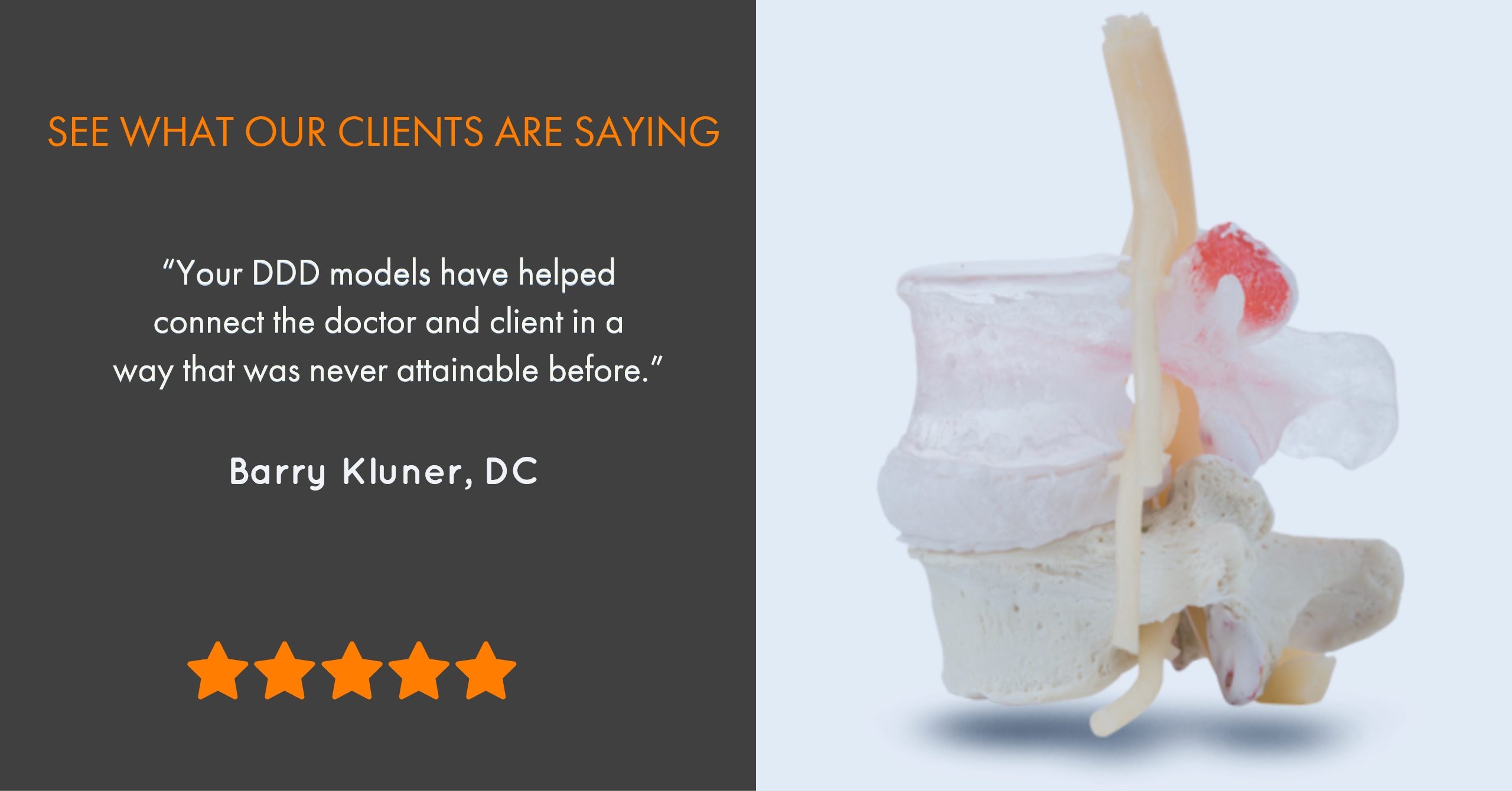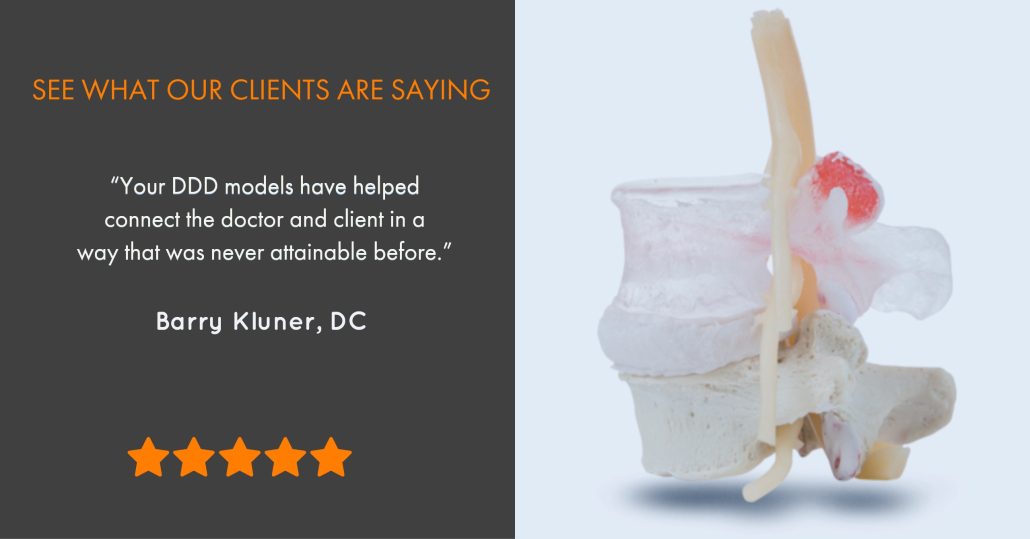
Patient Education | Prevalence and Impact
Low back pain (LBP) is a widespread condition, with about 80% of people experiencing it at least once in their lifetime.[1.Acute and Chronic Low Back Pain] It ranks as the fifth most common reason for doctor visits in the U.S., and one in four adults report experiencing LBP for at least 24 hours in the past three months. Approximately 7.6% suffer from severe acute episodes annually. LBP is a leading health issue, second only to upper respiratory problems in, causing activity limitations and work absence, resulting in significant economic losses. In 1998, the direct healthcare costs of LBP in the U.S. were estimated at $26.3 billion, with indirect costs from lost workdays affecting about 2% of the workforce annually.
Risk and Prognostic Factors
Several factors increase the risk of developing LBP:
Presentation
Most acute LBP episodes are self-limiting, with many individuals recovering within a month without active medical treatment. However, up to one-third of patients may experience moderate pain a year after an acute episode, with one in five reporting significant activity limitations. During a medical consultation, the history and examination will focus on the pain’s description, neurologic symptoms, and potential red-flag symptoms that suggest a non-benign origin, necessitating further investigation.
Physical Examination
Key aspects include:
Imaging
Routine imaging is generally not indicated for acute LBP unless red-flag signs are present or symptoms persist after conservative treatment. Initial imaging typically involves standing plain radiographs, with MRI reserved for suspected neurological issues or serious pathologies.
Treatment
Treatment of acute LBP includes:
Patient Education: Reducing Fear Through Understanding
Educating patients about their back pain’s mechanical and anatomical sources can be crucial for reducing fears and forging a management plan. When patients understand that most acute LBP episodes are self-limiting and that various treatment options can effectively manage chronic pain, their anxiety decreases. This understanding helps them to adhere better to treatment plans and engage actively in their recovery.

Dynamic Disc Models for Patient Education
Using dynamic disc models by Dynamic Disc Designs can be extremely helpful for spine care practitioners, including spine surgeons, chiropractors, and physiotherapists, in patient education. These handcrafted models offer a realistic and artistic rendition of the spine’s motions, helping patients visualize and comprehend their pain’s mechanical and anatomical sources. This visualization fosters a better understanding, reducing fear and promoting a more collaborative approach to treatment.
Doctors can feel confident about the anatomical accuracy of these models, which enhances their ability to explain complex concepts in an accessible manner. By using these models, practitioners can demonstrate how different movements and postures affect the spine, providing clear insights into the causes of pain and the benefits of various treatments.
Conclusion
Low back pain (LBP) is a common issue experienced by most people. While acute episodes typically resolve on their own, chronic LBP requires supportive management to improve symptoms and function. Factors like age, education, psychosocial issues, job demands, and obesity significantly influence the development of chronic LBP. Accurate assessment and appropriate treatment involving medications, physical therapy, and patient education are essential for effective management. Dynamic disc models can educate patients, reduce fears, and enhance the overall treatment experience.
Share Now